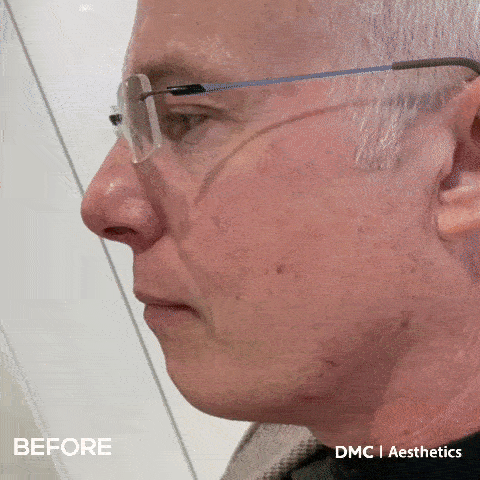Dermal Fillers

Restore a youthful appearance
A dermal filler, sometimes also known as a soft tissue filler, is predominantly hyaluronic acid-based gel that can be used to enhance, correct and restore areas of concern such as smoothing the appearance of fine lines and wrinkles or adding volume to areas such as the cheeks or lips.
FAQ
What are dermal fillers?
The most popular dermal fillers used today are made of a material using hyaluronic acid based products, such as those in the Juvéderm range manufactured by Allergan. These hyaluronic acid dermal fillers are non-permanent, meaning that they are reabsorbed into the body over time.
Hyaluronic acid is a naturally occurring substance that is found in body tissues, and it has been used safely in general medical applications for several decades.
How do dermal fillers work?
Throughout the ageing process we lose some of the skin’s ‘building blocks’ such as collagen and fat, which are the materials that prevent to skin becoming loose and saggy, allowing fine lines and wrinkles to appear. As we age, our skin becomes thinner and more visible lines and wrinkles start to appear. The facial bones and fat pads begin to shrink accelerating the creation of folds and deep wrinkles.
The dermal filler acts as a replacement for the lost fat and helps to restore our skin to its former youthful appearance.
The material is carefully injected into different layers of the skin depending on the type of filler selected and the patient’s needs. Dermal fillers are available in different thicknesses and viscosity that match to the patients needs. The thicker products are generally reserved for deep folds or wrinkles, whilst smoother product is used to plump out fine lines and wrinkles.
What are the benefits of dermal fillers?
Dermal fillers are not permanent, so as our faces and perceptions of beauty may change overtime, patients can reassess their needs.
Dermal fillers are often the preferred treatment to cosmetic surgery because of the risks associated with general anaesthetics and cosmetic surgery and their cost effectiveness. Results are instant: patients can see how much they like the treatment as it progresses and can request for a more dramatic effect if they desire at the time of treatment.
How common are dermal filler treatments?
Hyaluronic acid based dermal fillers, such as Juvéderm, are the 2nd most popular cosmetic treatment. Last year there was over 1.2 million treatments in the USA alone. The reason for their popularity can be attributed to the minimal side effects and effectiveness of treatment. The other main reasons for their popularity is that many people are not ready or prepared to have cosmetic surgery but still want an effective and long lasting treatment.
What possible side effects can result from dermal fillers?
All dermal filler treatments have the risk of temporary bruising around the injection site, swollen facial features during the initial healing period and infection at injection site. The side effects and risks associated with dermal fillers will be discussed with the practitioner at consultation.
How painful are the dermal filler injections?
As a local topical anaesthetic cream is applied 20 -30 minutes before treatment and Juvéderm products themselves contain lidocaine which is a fast acting anaesthetic, the vast majority of patients find the injections tolerable with slight initial discomfort.






